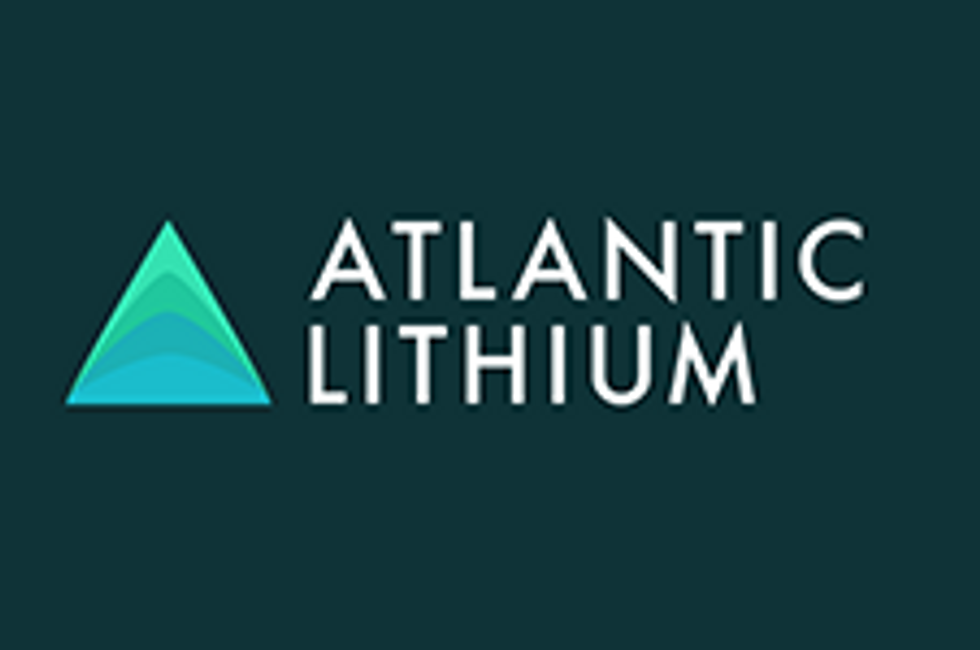Li3 Energy, Inc. entered an exclusive agreement to apply a patented technology to enhance recovery and efficient production of lithium.
By Dave Brown —Exclusive to Lithium Investing News
Li3 Energy, Inc. (OTCBB:LIEG) is lithium exploration company with various South American lithium brine projects and claims in north east Chile, Argentina, Peru and Bolivia. Last week, the company entered an exclusive agreement to apply a patented technology to enhance recovery and efficient production of lithium.
Li3 Energy has been involved in an ongoing research project over the past five months demonstrating the capability of the technology to concentrate brine. The objective of the research development is to successfully deploy an R3 SPaCeR™ system in a pilot facility where they hope results can then be duplicated in a more practical setting. The process employs rapid evaporation capabilities and in-situ condensation with the potential economic benefit for extraction and recovery of lithium from brine.
Cost savings
In an interview with Lithium Investing News, Li3 Chief Executive Officer, Luis Saenz explained, “The main expected result is to reduce the production timeline. This technology will allow us to extract the water contained in the brine and thus reduce the time that we would need in the evaporation ponds in the typical recovery process. Clearly the reduction of the use of evaporation ponds will save us on capital expenditure, although we will not eliminate the ponds completely with this technology. The added benefit is that we would indeed recover water as opposed to losing it in the evaporation process. Water is a very valuable commodity in the north of Chile so I expect this to be a very large value-add to our project.”
Potential implication for lithium brine producers and developers
Mr. Saenz suggested a broad appeal for the technology, “if, as we expect, the technology proves to be efficient, I would expect other future producers would want to adopt it in their production process. There has not been much research and development investment in the lithium recovery processes and I expect this to be the start of a wave that will make this industry more efficient and competitive through these types of initiatives.”
State of the Union: clean energy
In US President Barrack Obama’s most recent State of the Union address, he stressed his interest to continue investing in clean energy technology, “I will not walk away from the promise of clean energy.” In fact he felt the time was critical to, “double-down on a clean energy industry that’s never been more promising.” And to “make one of the largest commitments to clean energy in history.”
The American Energy section consisted of three consistent messages. A primary goal is to create clean energy jobs in the United States. A further objective is to incentivize manufacturers to make energy upgrades, with the goal to save $100 billion over the next decade. And third, a focus promoting safe, responsible and development of the near 100-year supply of natural gas.
The President boldly challenged Congress to enable the country to become the world’s leading manufacturer in high-tech lithium batteries and reiterated his call for action on clean energy tax credits and a national goal of moving toward clean sources of electricity. If these sentiments are realized, as much as 80 percent of the nation’s electricity will come from clean sources by 2035, including nuclear power, hydropower, natural gas, lower emission coal and renewable energy sources such as wind, solar and biomass.
Interest within the United States’ electric vehicle industry mounts
In order to highlight the current administration’s commitment to the lithium battery techonology and advanced electric vehicle industry, Assistant Secretary for Policy and International Affairs, David Sandalow, will appear and speak at the Washington Auto Show on January 26.
Securities Disclosure: I, Dave Brown, hold no direct investment interest in any company mentioned in this article.






